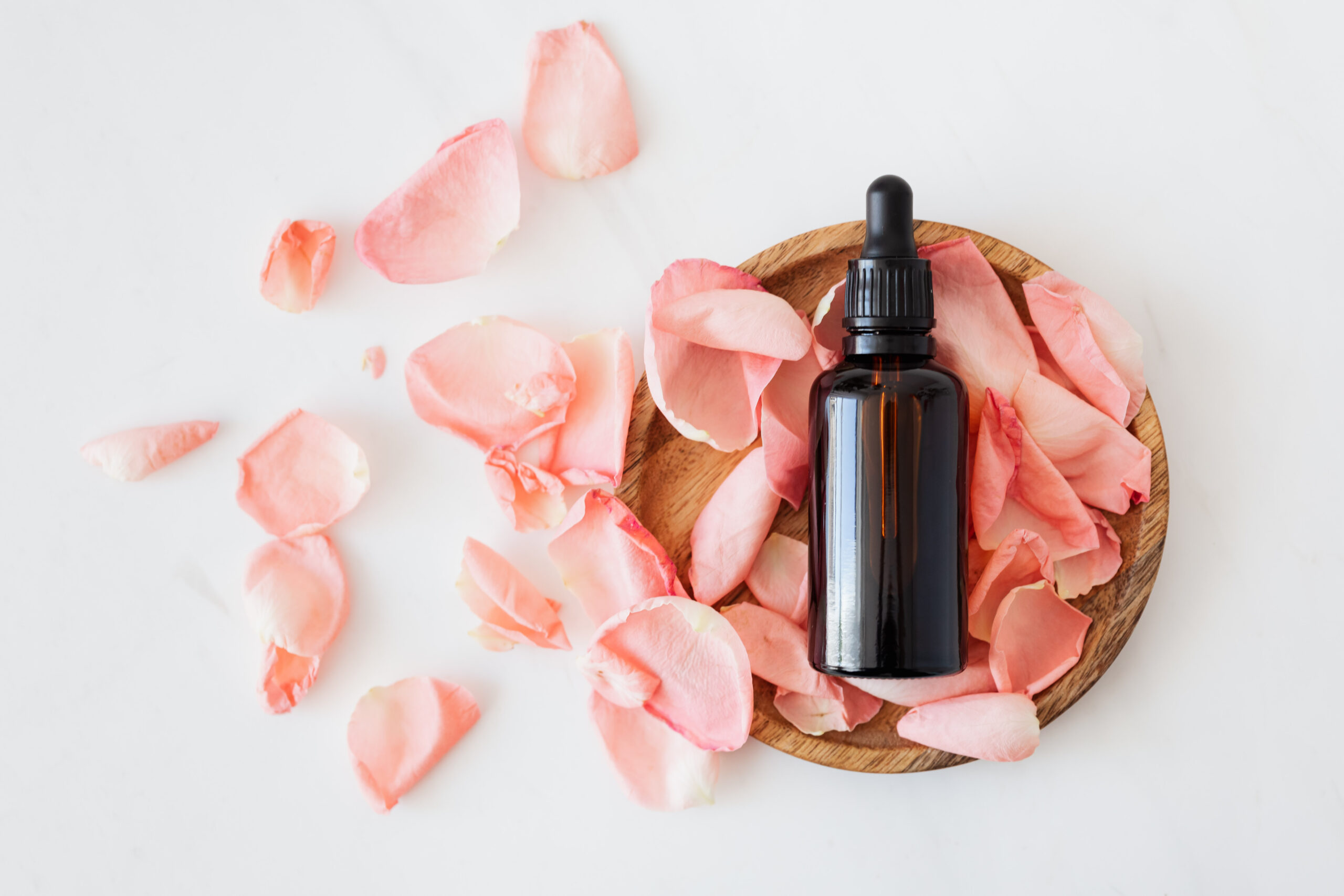You’ve probably heard of various therapies that focus on the physical body, but have you ever explored the realm of biofield therapies? Biofield therapies are a collection of alternative healing practices that work with the energy fields surrounding and flowing through our bodies. By interacting with this subtle energy, practitioners believe they can restore balance and promote overall well-being. From healing touch to reiki, this article will introduce you to the fascinating world of biofield therapies and how they can potentially enhance your health.
Biofield Therapies

Definition
Biofield therapies, also known as energy therapies, are a form of complementary and alternative medicine that involve the manipulation of the body’s biofield to promote healing and overall wellness. The biofield is a concept used in various traditional healing systems, such as Chinese medicine and Ayurveda, to describe the subtle energy that permeates and surrounds the human body. Biofield therapies aim to balance and harmonize this energy to facilitate physical, emotional, and spiritual well-being.
History and Background
The concept of the biofield has been recognized and utilized by different cultures throughout history. Ancient civilizations, including the Egyptians and Greeks, believed in the existence of energy fields that influence health and vitality. Traditional healing systems like Traditional Chinese Medicine and Ayurveda have long recognized the importance of balancing the energy flow in the body for wellness. However, the modern practice of biofield therapies emerged in the late 20th century with the integration of Eastern philosophies and Western scientific principles.
Types of Biofield Therapies
There are various types of biofield therapies that employ different techniques to influence the biofield and promote healing. Some of the most commonly practiced biofield therapies include:
-
Reiki: Reiki is a Japanese energy healing technique that involves the transfer of universal life force energy through gentle touch or the practitioner’s hands hovering over the body. It aims to activate the natural healing processes of the body and restore physical and emotional well-being.
-
Healing Touch: Healing Touch is a gentle, non-invasive therapy that uses the practitioner’s hands to clear, energize, and balance the client’s energy field. It is based on the premise that the body has the ability to self-heal when the energy flow is optimized.
-
Therapeutic Touch: Therapeutic Touch is a method of energy healing that involves the practitioner’s hands moving through the client’s energy field to detect and correct imbalances. It aims to promote relaxation, reduce pain, and enhance the body’s natural healing abilities.
Principles of Biofield Therapies
Biofield therapies are based on several key principles:
-
Energy Flow: Biofield therapists believe that the body’s biofield can become imbalanced or blocked, leading to physical, emotional, or spiritual illness. By manipulating the energy flow, these therapies aim to restore balance and promote healing.
-
Universal Life Force Energy: Many biofield therapies, such as Reiki, work with the concept of universal life force energy. Practitioners channel this energy to the recipient, promoting healing and well-being.
-
Holistic Approach: Biofield therapies view the body as a whole, interconnected system. They recognize that imbalances in the biofield can affect multiple aspects of a person’s health, including physical, emotional, and spiritual well-being.

Scientific Basis of Biofield Therapies
While the scientific understanding of biofield therapies is still evolving, there is growing evidence to support their effectiveness. Studies have shown that these therapies can have physiological effects, such as reducing pain, improving relaxation, and enhancing the immune system. Some research suggests that biofield therapies may influence the body’s electromagnetic field and stimulate the release of endorphins, promoting a state of overall well-being.
However, it is important to note that the scientific community remains divided on the mechanisms and effectiveness of biofield therapies. Critics argue that the evidence is limited and based on subjective experiences, making it difficult to draw definitive conclusions.
Effectiveness of Biofield Therapies
Biofield therapies are often used as complementary therapies alongside conventional medical treatments. While individual experiences may vary, many people report positive outcomes from biofield therapy sessions. These therapies are commonly used to reduce stress, promote relaxation, alleviate pain, and improve emotional well-being.
It is important to note that biofield therapies should not replace conventional medical treatments for serious health conditions. They are best used in conjunction with traditional medical care as part of a holistic approach to wellness.

Benefits of Biofield Therapies
Biofield therapies offer a range of potential benefits for individuals seeking complementary approaches to healthcare. Some of the key benefits include:
-
Stress Reduction: Biofield therapies have been shown to promote relaxation and reduce stress. They can help individuals cope with daily stressors and improve their overall well-being.
-
Pain Management: Many people find relief from acute and chronic pain through biofield therapies. These therapies aim to alleviate pain by reducing inflammation, promoting circulation, and activating the body’s natural healing mechanisms.
-
Improved Emotional Well-being: Biofield therapies can help individuals manage anxiety, depression, and emotional imbalances. They promote a sense of calmness and balance, fostering emotional well-being.
-
Enhanced Vitality: By balancing the energy flow in the body, biofield therapies aim to enhance vitality and overall wellness. They can increase energy levels, improve immune function, and support the body’s self-healing abilities.
Safety and Side Effects
Biofield therapies are generally considered safe and non-invasive. They do not involve the use of medications or invasive procedures. However, it is important to consult with a qualified practitioner and disclose any underlying health conditions before undergoing biofield therapy.
Some individuals may experience temporary side effects after a biofield therapy session, such as fatigue, mild discomfort, or emotional release. These effects are generally short-lived and are often seen as signs of the body rebalancing and releasing stagnant energy.
Training and Certification
To practice biofield therapies professionally, practitioners typically undergo specialized training and certification programs. These programs provide them with the knowledge and skills to effectively manipulate the biofield and facilitate healing. Training programs may vary in length and content, but they generally cover anatomy, physiology, energy concepts, ethical guidelines, and practical techniques.
It is important to seek out practitioners who have received proper training and certification from reputable organizations. This ensures that they have met the necessary standards and adhere to ethical and professional guidelines.
Controversies and Criticisms
Biofield therapies have faced criticism and controversies within the scientific and medical communities. Skeptics argue that the concepts and mechanisms underlying these therapies are not well understood and lack robust scientific evidence. They claim that any perceived benefits are likely due to the placebo effect or other non-specific factors.
Additionally, some individuals may claim to be biofield therapists without sufficient training or expertise. It is important to ensure that practitioners have the necessary qualifications and certifications to ensure safe and effective treatment.
While controversies exist, it is important to approach biofield therapies with an open mind and evaluate the experiences and evidence on an individual basis. Many people find these therapies to be helpful additions to their overall wellness routines, but it is always essential to consult with healthcare professionals and make informed decisions about one’s health and treatment options.
